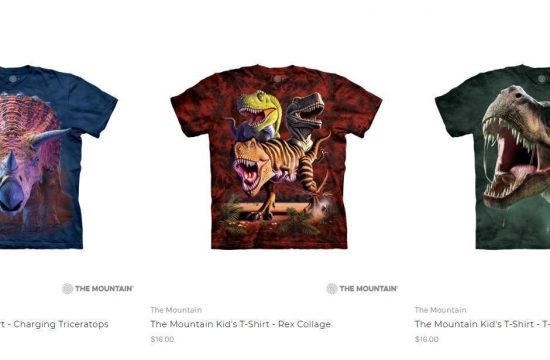
In today’s cut-throat eCommerce market, retailers are turning to Drop Shipping to send online orders directly to their customers. It’s a strategy designed to help them compete with rivals without spending more on inventory.
When starting a new business, many people now open an online store instead of a traditional brick-and-mortar store, because it’s cheaper and easier. Now, sellers don’t even have to carry inventory.
WHAT IS DROP SHIPPING?
Drop shipping, simply put is when a retailer does not keep an inventory of their goods on hand, but instead works with a wholesaler that fulfills an order and also ships directly to the customer.
This retail technique is becoming an integral part of many growing online businesses. It helps solve the problems of ordering inventory in advance and transporting those goods to your customer. Instead, you just have the wholesaler ship the item with a customized label and invoice. The beauty is, your customer probably won’t know (or even care) how it got there.
This supply chain method is a great asset to starting an online store, but it’s not without its problems. Let’s talk a little bit about the pros and cons of using Drop Shipping
“You can run your business from the beach.”

Benefits of Drop Shipping
The main benefit of Drop Shipping is eliminating the worry of having inventory. When you work with a supplier, you don’t need a large amount of capital to get your online store running. Wholesalers have large amounts of inventory and a wide variety of products on hand. This allows sellers to offer customers a greater range of products. Not having to worry about supply as you create the demand can go a long way. It also reduces the stress of starting your own online shop, not to mention the fuss of packaging and shipping. Wholesalers will take care of that for you, shipping your orders directly to your customers. With these two big checks in the pro column, we can jump directly to the flexibility factor. You don’t even need a physical location. You can run your business from the beach, or the shopping mall, or anywhere with a reliable Internet connection.
Disadvantages of Drop Shipping
Drop Shipping is not a well-kept secret. With its great benefits, many online retailers have already taken advantage of this tool. This, in turn, creates competition in the market. It will be hard to distinguish yourself from other online shops that are also offering a wide variety of products. And with competition comes the other downside, which is a loss of profit. Your profit margins will definitely take a hit while competing with your rivals.
It can also be challenging not to physically see the products you are selling. You may also lose the ability to quality control items before they are shipped to your customer, creating the opportunity for errors that are ultimately out of your hands, but your problem in the eyes of your customer.
How to Choose Your Wholesalers and Suppliers
When reviewing the pros and cons of Drop Shipping, it’s like any other venture, benefits mixed with problems. It’s not a foolproof way to start a business, but it can be very useful to help you get started. Finding great wholesalers that you can trust is critical. The wholesaler is the backbone of your Drop Shipping business, so do your research. Luckily, Drop Shipping is not a new or untested idea. Many major retailers, brick-and-mortar as well as online stores, include Drop Shipping in their business models.
Tips For Choosing the Right Drop Shipper
Using wholesalers for Drop Shipping is on the rise, so there’s plenty of them available. But you should do your due diligence.
- Thoroughly research your wholesaler before committing. Not only is this logical, it’s also a smart business practice. Since you are still working via the web, there will be a lot of unreliable options that immediately crop up. Take your time and delve deeper into different selections.
- How fast is the shipping and fulfillment?
- Is there a minimum order?
- Do you get discounts for bundling orders?
- Can you get additional price cuts for selling high volumes in the future?
- What is their return policy?
- How efficient is their customer service?
- Do they cover lost or stolen items?
- Do you need a resellers license to get an account?
- Is a Tax ID needed?
Ask the right questions:
- Find Multiple Suppliers. You’ll need more than one on hand in case of sold out or back-ordered products. Using key terms that pertain to the products you are selling will help in your search of the right supplier.
- Be Your Own Consumer. Once you find the right suppliers, order a few products yourself. First-hand knowledge of your product helps in selling it to your customer.
- Customer Service. A good way to distinguish yourself from your competition is by having great customer service. You may not be the one fulfilling the order, but you can be the one to offer your customers help when their needs arise. Great customer service goes a long way in pulling you out from the pack.
Author : Peter Sheldon
Peter leads corporate strategy and business development for Magento. He is a well-known industry expert in ecommerce and omnichannel technology, having previously held the role of Vice President and Principal Analyst at Forrester Research, where he spent five years leading Forrester’s global research on digital commerce technologies, helping to challenge the thinking and lead change for ecommerce executives undertaking major digital transformation and commerce technology programs.







